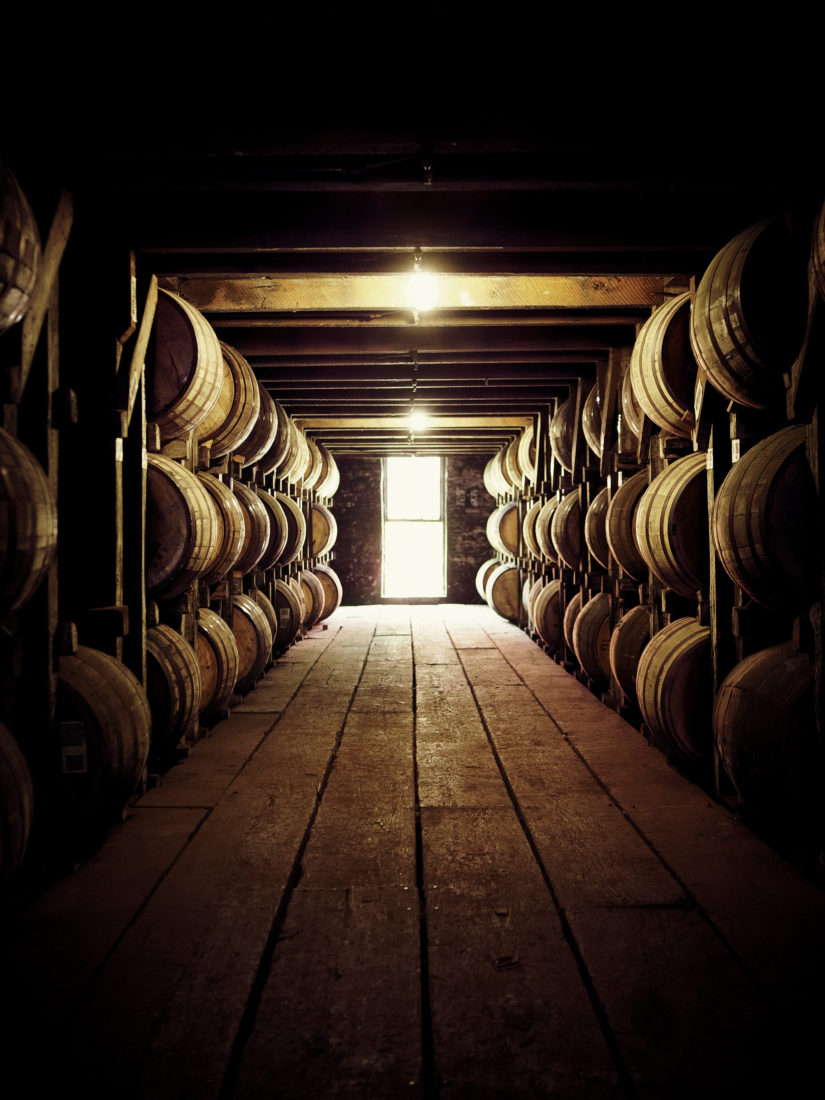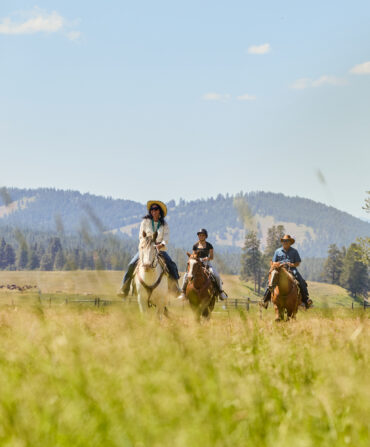Southerners aren’t ones to let an inconvenient truth stand in the way of a good story. And, when it comes to Kentucky bourbon lore, Michael Veach has heard them all. The Louisville-based author and Kentucky Bourbon Hall of Fame historian is quick to sniff out a suspicious narrative, and has played a role in debunking several of them. “The biggest problem is that so much of the history of bourbon has come out of the marketing department,” Veach says. “I’m not saying that most of it isn’t true, but I do take everything I hear from any distiller or marketer with a grain of salt.” Here, he helps separate fact from fiction when it comes to several persistent bourbon myths.
Myth: The Whiskey Rebellion helped establish Kentucky’s bourbon industry.
In 1791, secretary of the treasury Alexander Hamilton proposed an excise tax on distilled spirits to help fill federal coffers following the Revolutionary War. The problem was that the whiskey tax, as it was known, unfairly favored large eastern producers at the expense of small frontier distillers. Beginning with a groundswell in western Pennsylvania, many people resisted the tax—often violently. Some contend that distillers fleeing prosecution set up shop in Kentucky, where enforcement of the tax wasn’t as severe, and helped establish the state as a locus of whiskey distillation.
“There were plenty of distillers already in Kentucky when the Whiskey Rebellion broke out,” Veach says. “As a matter of fact, it was just as bad in Kentucky as it was in western Pennsylvania, as far as tax collectors being tarred and feathered and things like that. And, if you were being hunted by federal marshals, you didn’t stop in Kentucky. You went all the way to Spanish territory, usually around New Orleans.”
Myth: Limestone-filtered water is the secret to Kentucky bourbon.
An abundance of clear, limestone-filtered spring water has certainly played a role in Kentucky’s distillation history; as have the state’s long, hot summers and cold, damp winters (ideal aging conditions), as well as the bedrock of tradition. However, many Kentucky distilleries draw from a mix of water sources these days—including treated municipal water with much of its mineral content removed—and no one has complained about a noticeable difference.
What might make a difference instead is yeast. “I’ve always wondered if what separates Kentucky whiskey from others is that the yeast was so good,” Veach says. “If you take the yeast strains found here naturally out of Kentucky, would it be like San Francisco sourdough yeast? That yeast mutates very quickly if you take it out of the Bay Area, and the sourdough bread doesn’t taste the same.”
Bourbon 101: Brush up on your bourbon vocabulary
Myth: Aging whiskey in charred barrels was a happy accident, as fire was a common way to sterilize and reuse barrels.
No one knows who first decided to age whiskey in charred oak barrels, but Veach has an entrepreneurial-minded theory around its widespread adoption.
“We know from records that the price of whiskey in the eighteen-teens in New Orleans was the same as it was in Kentucky, so why bother to ship whiskey all the way down there if you’re not going to make a profit?” he says.
French brandies, such as cognac and Armagnac, have been aged in charred barrels since the 1400s. Veach contends that, sometime in the early 1800s, a savvy Kentucky distiller decided to age raw whiskey in charred oak barrels in order to appeal to the French populations in and around New Orleans—and charge a premium.
The earliest reference to aging whiskey in charred barrels Veach has found is a letter written in 1825 by a grocer in Lexington, Kentucky, to John Corliss of Corliss Distillery, near Paris, Kentucky.
“He writes, I really like your whiskey and will take another 100 barrels if you can get it made. But I’ve been told that if you will burn or char the inside of your barrels as much as one-sixteenth of an inch, it will greatly improve the whiskey,” Veach says. “So this is a Lexington grocer telling a Bourbon County distiller how to make bourbon!”
Myth: Elijah Craig invented bourbon.
A weathered historical marker near Royal Spring Park in Georgetown, Kentucky, states that the Rev. Elijah Craig first distilled bourbon whiskey on the site in 1789, using his grain mill and the “fine limestone water of Royal Spring to develop the first sour mash process in the production of bourbon.” A parallel legend contends that a small fire at the mill once scorched a stash of wooden barrels, though the 1825 letter referenced above is the first historically firm record Veach has found. Rather than discard the burnt barrels, Craig stored whiskey in them anyway and soon discovered that the charred interiors greatly improved the product—a key distinction between whiskey and bourbon whiskey.
While Craig did operate a mill at the spring, and he did make corn-based whiskey (as did many other small producers in the region), his status as the “father of bourbon” is … well, let’s just say it’s a very tidy story.
The assumption dates to the 1874 edition of the History of Kentucky, a book in which Richard Collins expands and expounds on an earlier work written by his father, Judge Lewis Collins. In it, he lists that bourbon whiskey was first made in Georgetown in 1789. “He doesn’t come right out and say that Elijah Craig [invented bourbon], but that’s the way he put it,” Veach says.
At the same time Collins was writing, the Temperance Movement was also picking up steam, and folks were looking for any shred of evidence to support their side of the argument.
“Elijah Craig was a Baptist minister and he was a distiller, so the distillers jumped on that,” Veach says. “They said, ‘let’s attribute bourbon being invented by a Baptist preacher and let them deal with that.’ ”
While the exact circumstances of bourbon’s origin may be lost to time, its Southern roots and status as America’s native spirit are cemented in history. And that, thankfully, is something we’re happy to raise a glass to.








